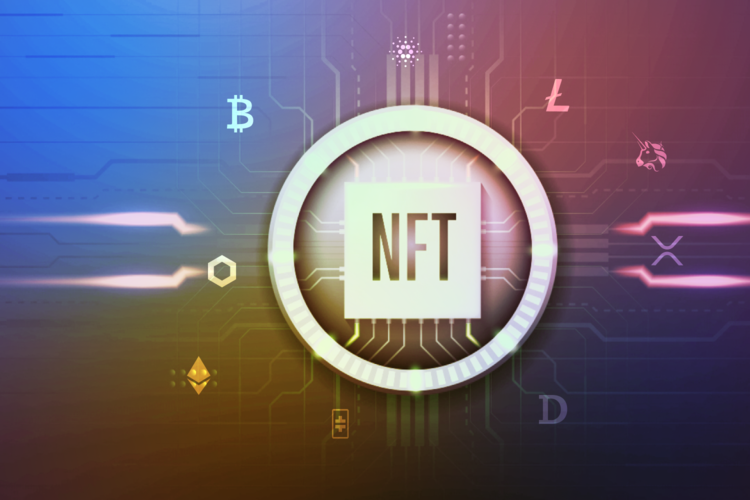There are many things to consider before you start building your NFT Marketplace. These include the platform type, UI design, Wallet integration, UX strategy, and more. Having a good platform will allow you to make your project stand out among the competitors. The more you learn about NFT, the easier it will be to start building your NFT marketplace.
Platform type
When building an NFT marketplace, you will want to make sure that it has an easy-to-use interface and clearly displays important information. Additionally, it will need to be designed to reduce gas fees. To achieve this, you can implement methods such as lazy minting, Immutable X protocol, and shrinking prices.
A typical NFT marketplace requires users to set up an account and sign in securely. Users should also be able to link existing crypto wallets if necessary. They will then need to provide digital assets that represent their work. This can range from full collections to individual works that sell for a set price. In addition, NFT marketplaces can allow users to set up bidding systems to compete for their goods.
NFT marketplaces are usually built on the Ethereum blockchain. However, there are also a few other platforms that utilize other blockchains. These include Binance Smart Chain, Cardano, and Solana.
UI design
The UI design for NFT Marketplace should be user-friendly and easy to navigate. It should include the necessary information to enable users to make informed decisions and find relevant information quickly. This includes easy-to-understand filters and a dashboard that can quickly show information about a given item. The UI should also help users filter through the different categories of NFTs to find exactly what they are looking for.
The home page is a critical component of the UI design for NFT Marketplace, as it’s the first point of interaction for users. It can feature a feed that shows the top NFTs of the day, or a list of top sellers. It should also offer tools that help users like or leave reviews.
Wallet integration
The development of a NFT Creator wallet is a specialized process from the usual wallet development process, and requires additional security. The process involves securing the network using private keys, seed phrases, biometrics, and a secure channel. The wallet provides an interface for buying and selling NFTs, as well as interacting with DApps. It also provides increased security through features that protect consumer data.
Wallets give users access to assets stored on a blockchain. These assets are accessed with a private key, which the wallet owner uses to authorise transactions. This means that a wallet owner is effectively the owner of whatever is stored at a given address. While the wallet takes care of the technical bits, the user experience is enhanced by the interface, which makes it easy to buy, sell, or transfer cryptocurrency. Wallets also provide enhanced security through two-factor authentication, and offer a convenient way to track assets across various devices.
UX strategy
When you want to develop an NFT marketplace, you should first identify the target audience. This audience will either be sellers or buyers. In any case, you need to develop the UX strategy accordingly. For example, the UX strategy for sellers will focus on ensuring that they can easily find what they are looking for in a short amount of time. Buyers will want a similar experience and will need tools that will enable them to leave reviews or like works they like.
In addition to this, you should create a hierarchical structure for your NFT marketplace platform. This way, all pages linked to each other will have the same look and feel. This will help the platform gain visibility and improve page authority. It is also a good idea to have separate navigation menus for sellers and buyers. You should also monitor SEO performance and define your KPIs so that you will know when you’re getting closer to your goals.
Product release
If you are thinking of launching a product on the NFT marketplace, there are a few things you must remember to ensure the success of your launch. The first thing you must do is to make sure that your product is optimized for NFT. To do this, it is important to test the product thoroughly. There are a variety of methods available to test the functionality of your product before it is released.
The NFT Marketplace is an ideal platform for businesses that are interested in distributing their products to a large audience. While some businesses and individuals have chosen to build their own NFT marketplaces, many others have found that partnering with a third-party platform is the best way to maximize their business potential and reduce their upfront costs. Many third-party platforms also provide additional services for NFT sellers.

